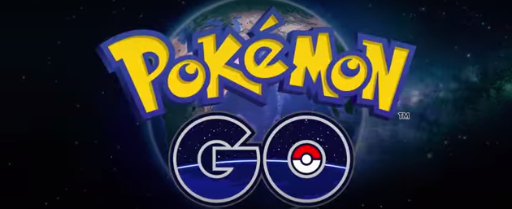
TOKYO – Imagine coming out of your office, home, or school and getting an alert: A Pikachu is lurking behind a nearby tree, and the chase is on.
Japanese video game company Nintendo Co., the Pokemon Co. and Google spin-off Niantic said Thursday they intend to transplant the virtual realities of the famous Pokemon “pocket monsters” into real-world locations with a smartphone app that players can use to catch, trade and stage battles between the creatures.
Location-gaming app Pokemon GO is similar to Niantic’s “Ingress” real-world adventure game, which reports 12 million downloads. The Nintendo game will be released in 2016, initially as a free download.
Nintendo also created Pokemon GO Plus, a small, wearable Bluetooth device that will use vibrations and flashes to alert players to Pokemon lurking in their surroundings.
Pokemon, or Pocket Monsters, are a franchise that began in 1996, created by Japanese video game developer Game Freak, which was acquired by Nintendo and also is involved in creating the new app. The best known of the imaginary creatures is likely the tubby, yellow Pikachu, with his lightning strike tail, rosy cheeks and brown-tipped rabbit ears.
The games call for players to catch and collect Pokemon, train them and stage battles while pursuing various adventures. Aside from games, there are Pokemon cartoons, toys, and trading cards.
Niantic Inc. was founded as a Google subsidiary by Google Earth co-creator John Hanke. Its mobile game uses GPS technology to create a science fiction “augmented reality.”
Kyoto, Japan-based Nintendo held back from smartphone games, but in March announced an alliance with Japanese mobile game company DeNA to develop games for mobile devices. In the end, Pokemon GO was a pet project for its late president, Satoru Iwata, said Nintendo game designer Shigeru Miyamoto.
“Nintendo has created a wide variety of games and game devices. All of them have helped to expand the game population,” Miyamoto said. “Pokemon GO and Pokemon GO Plus represent another step in realizing that mission.”
Conveying how the game might actually work is a challenge, acknowledged Tsunekazu Ishihara, president and CEO of Pokemon.
“You find the Pokemon with the smartphone. You’ll have a map on your mobile device to find the Pokemon and you can try to catch them,” he said.
A video virtualization of the game seemed almost hallucinatory, with images of the Pokemon showing up on a screen operating like a video camera and masses of people chasing through streets.
Ishihara said one of the biggest challenges of designing the game is ensuring that the real world location data gathered by GPS and replicated in the game would not put people in danger.
“You don’t want people rushing into traffic,” he said.